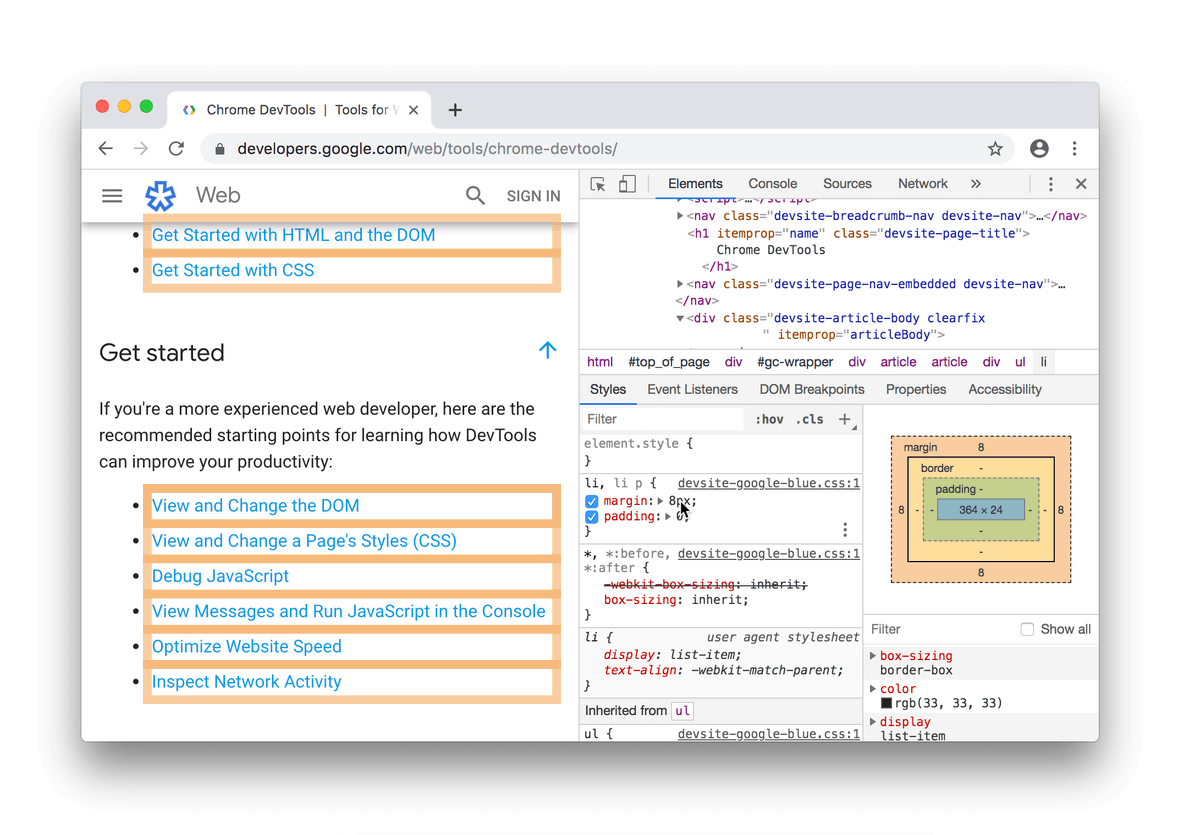
Again this makes the forms more friendly-looking, and makes it read better at smaller sizes.

It gives it a mathematically precise look to the point that it can even be a little stale.īut, Google made some subtle but powerful changes to the typeface to suit the image they were looking for.īy examining these, you can gain an better understanding of the common logo-design practice of tweaking a typeface. Given the conflict that little pixels can sometimes have with subtle forms, like those in Garamond, this move to a sans-serif typeface makes sense for “tiny screens.”Īt first glance, the logo looks to be set in Futura, a common go-to which was designed by Paul Renner in 1927.īut, if you look closely, you can see that it’s NOT exactly Futura.įutura is about as “Geometric” as a typeface gets. Today we’re introducing a new logo and identity family that reflects this reality and shows you when the Google magic is working for you, even on the tiniest screens. Google announced a new logo redesign today (September 1, 2015), citing that the platforms on which we interact with their products are now more diverse. It’s a best-seller (#18 on all of Amazon).

Visual Design Course | White Space Course

What Font is the New Google Logo? - Design for Hackers What Font is the New Google Logo? - Design for Hackers


 0 kommentar(er)
0 kommentar(er)
